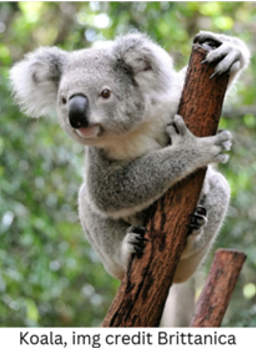Ocean Voyages Institute
- Maria Figueirinhas
- Apr 12, 2021
- 2 min read
Updated: May 10, 2021

“I really wasn’t aware of the scope of this giant problem. It was really frightening actually how much plastic was out there.” Says Jackson McMuldren, a local surfer from Honolulu and a worker at the ocean voyage institute.
While researching nonprofit groups to volunteer with this summer I came across the Ocean Voyage Institute based out of my hometown, Sausalito, California. It caught my eye because of their accomplishments. The Ocean Voyage Institute is mainly comprised of international volunteers who set sail in a large boat with a target in mind and manually haul trash from the sea. Amazingly, they always meet or even surpass their goal, entirely powered by human grit and determination.
The Ocean Voyage Institute was created in 1979 by a group of people who wished to make a difference in the world and address ocean pollution. Forty plus years later the institute is stronger than ever. Not only do they work to collect trash from the sea, but they also lecture and educate young people around the world and encourage them to act.
The founder Mary Crowley has spoken in over 17 countries to raise awareness about the problems we are facing, in the hope of bringing people to join the fight against ocean pollution. Today a man from Sausalito, California is kayaking solo 70 days to Hawaii to raise awareness about The Ocean Voyage Institute. As ocean pollution issues continue to get worse, we become intrigued in the cleanup efforts while hoping to find answers.
During the Ocean Voyage Institute’s biggest mission to date, they collected their garbage from The Great Pacific Garbage Patch. The Great Pacific Garbage Patch is located on the west coast of the United States and spans over 1.6 million square kilometers in size. 46% of The Great Pacific Garbage Patch is made up of fish nets. Not only do sea animals get caught and die in abandoned fishing gear, but they also die from ingesting the trash. For example, plastic makes up an extremely high amount of sea animal’s diet. For the sea turtles that live near the Great Pacific Ocean Patch, 74% of the turtles’ food intake is plastic.
A lot of the harvested plastic in the ocean can be traced back to the 1950s. The Institute's concern is that plastic does not decompose, and the outcome will result in more garbage patches. The Institute claims that none of the collected trash goes back into landfills or back into the ocean, it is always up-cycled or recycled. Last year the Institute picked up 103 tons of plastic waste in one 48-day mission, surpassing their goal of 100 tons, while passing the world record which they also set. Today their overall goal is to pick up 500 tons of trash from the oceans.
Hopefully more people will join organisations like The Ocean Voyages Institute in the fight against ocean pollution. Noting the Institute's mounting success is based on the work of volunteers, directly points to a sign of the times. People share a collective concern and are motivated to make a change. They just may need some direction from people like Mary Crowly.
Sources:






Comments